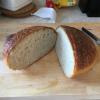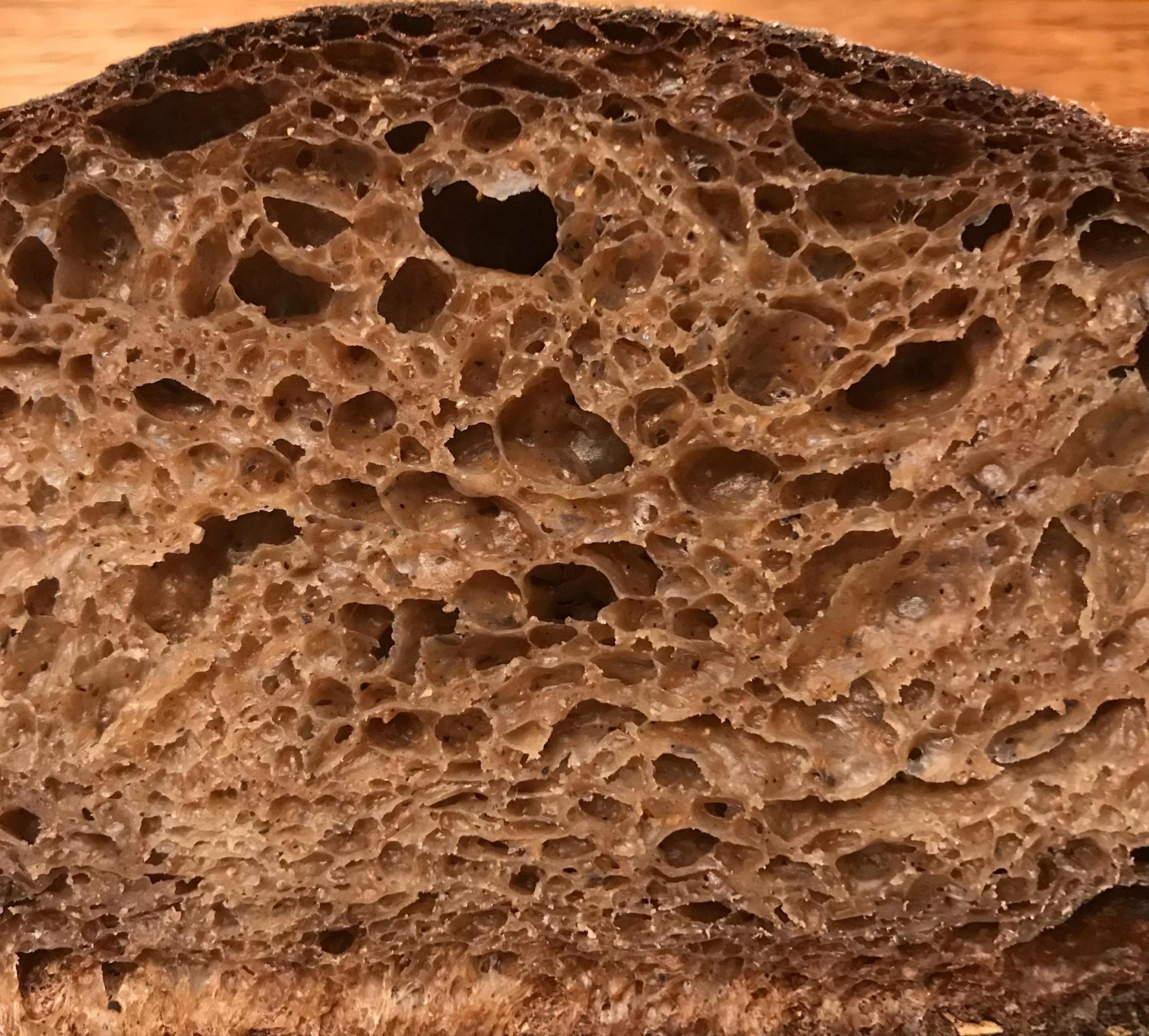
Sorry but I'm still confused on when to use my starter.
Sorry but I'm still confused on when to use my starter.
I keep my starter in refrigerator and feed it once a week. When I want to bake I take it out of the refrigerator and feed it 3 times 8-12 hours apart. After the 3rd feeding I wait unit that peaks a just starts to fall. That is when I start putting my recipe together. This takes some planning so I'm not up in the middle of the night.
Now I run across this video where the woman take the starter straight out of the refrigerator and right into the recipe,
https://www.youtube.com/watch?v=POnxAoHl1qc
I have ran across this before where it appears they use the started straight out of the refrigerator. This would be very convenient!
RichieRich














